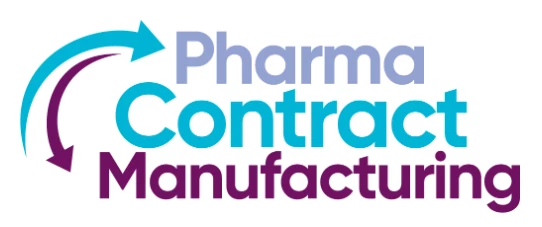Pharmacovigilance is a proactive monitoring and reporting on the quality, safety and efficacy of drugs. The main benefit is to assess any risks and to report benefits of the marketed medicines. In addition, it is important to provide the consumers (patients), the HCPs and regulatory authorities with real data on the products which appears only after its use on a large number of patients in the real life.
It is well known that at the time of registration and approval of a medicinal product, which means that it will be launched in the market, clinical trials’ data (although their huge quantity) are available but on limited numbers of patients treated, for relatively short periods, under strict medical supervision.
Emerging new safety data may result in an action plan by the pharmaceutical company producing a drug to review its data retrieved during the clinical trial phases and especially in Phase II conducted to demonstrate and assess the product’s safety.
A strong pharmacovigilance system usually includes a system based on collecting and monitoring suspected AE/ADRs, in addition to an effective processing tool for reviewing the data. Based on that it will be decided to proceed on investigations and literatures needed to investigate the collected information.
We should consider that pharmacovigilance is an integral part in the clinical research and drug development. Both clinical trials drug safety and post-marketing surveillance data are considered as critical throughout the whole product life cycle.
If we look to the good side of pharmacovigilance its a helpful tool for the drug development for the following:
- During trial phases (mainly phase II), the documented safety data which are considered as the main reference for any ADRs reported at phase IV (Post-marketing).
- Signals detected and/or AE collected at the post-marketing phase, are all helpful for the pharmaceutical companies, to reconsider reviewing the products’ safety data.
- Withdrawal of the product is not the rule, but re-evaluation and re-trial could be conducted on an ADR reported or for an approved indication.
- A risk management plan could be implemented as an action plan from the company, which is recommended for a safe use of a drug.
Finally, it is clear that pharmacovigilance is always working towards the benefit of all parties the patients who are looking for a safe and effective drug for their diseases, the HCPs need to prescribe a drug with a high level of effectiveness, and the pharmaceutical companies which are considering their investments in drug development and researches to be at a satisfactory level.




















